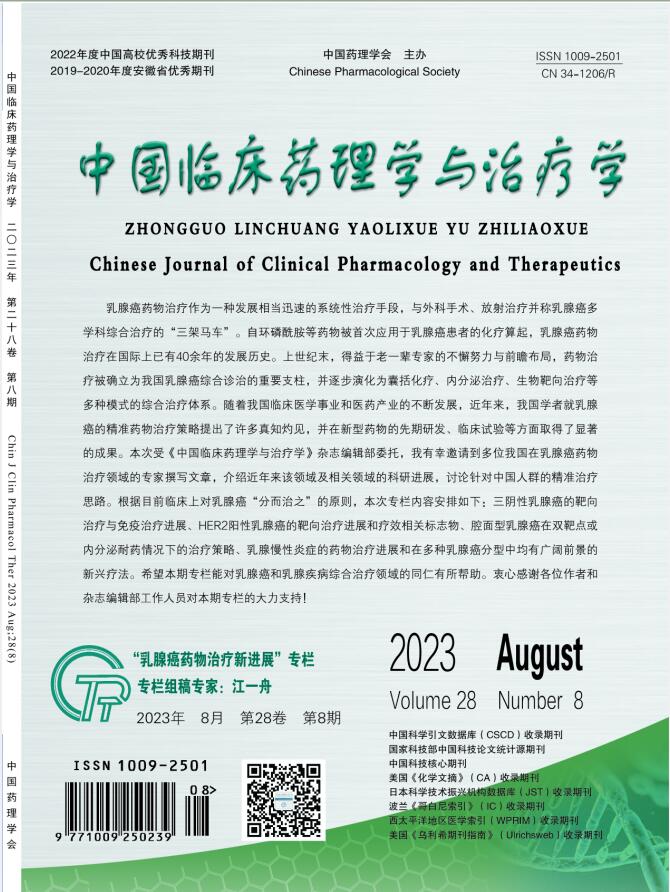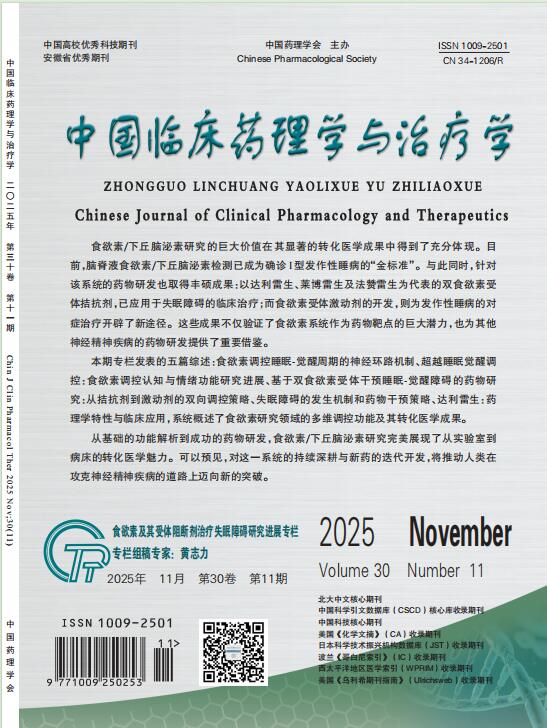AIM: To investigate the regulatory mechanism of Angelica polysaccharide on hepatic endoplasmic reticulum stress in diabetic KK-Ay mice. MEHTODS: Forty diabetic KK-Ay mice were randomly divided into model group, metformin group, and angelica polysaccharide high, medium, and low dose groups, with 8 mice in each group. 8 C57BL/6J mice were used as blank control group. The mice were gavaged with 400 mg/kg, 200 mg/kg and 100 mg/kg of angelica polysaccharide in the high, medium and low dose groups, respectively, and 200 mg/kg of metformin hydrochloride in the metformin group, while the normal and model groups were gavaged with equal volume of saline, and fasting blood glucose and body weight were measured weekly. After 4 weeks of gavage, triglyceride (TG), cholesterol (TC), low-density lipoprotein cholesterol (LDL-C) and high-density lipoprotein cholesterol (HDL-C) levels were measured in mice serum; RT-PCR was performed to observe the expression of glucose-regulated protein 78 (GRP78), phosphorylated pancreatic endoplasmic reticulum kinase (p-PERK) and phosphorylated α-subunit eukaryotic initiation factor 2 (p-Eif2α) in liver tissues. mRNA expression; Western blot, immunohistochemistry to detect the protein expression of GRP78, p-PERK, p-Eif2α in mouse liver tissues. HE staining: to observe the histopathological changes in the liver. RESULT: Compared with the blank group, the levels of TC, TG and LDL-C were significantly increased (P<0.01) and the levels of HDL-C were significantly decreased (P<0.01) in the model group; compared with the model group, the levels of TC, TG and LDL-C were significantly decreased (P<0.05, P<0.01) and the levels of HDL-C were significantly increased in the metformin group, angelica polysaccharide high and medium dose groups. Compared with the blank group, the expression of GRP78, p-PERK and p-Eif2α in the model group was significantly upregulated (P<0.01), and the expression of GRP78, p-PERK and p-Eif2α in the angelica polysaccharide high, medium and low dose groups was significantly downregulated (P<0.05, P<0.01), and the high dose group had the best effect compared with the model group. Compared with the model group, the mice in the angelica polysaccharide group showed dense liver tissue, reduced vacuole-like degeneration, reduced liver steatosis, gradually aligned hepatocytes, and clear hepatic sinusoidal structure, and the effect was dose-dependent. CONCLUSION: Angelica polysaccharide significantly improved liver injury in diabetic KK-Ay mice, and its mechanism of action may be related to the inhibition of endoplasmic reticulum stress-related proteins and factors GRP78, p-PERK and p-Eif2α expression by Angelica polysaccharide and improvement of endoplasmic reticulum stress.


